Liskeard is one of Cornwall’s oldest towns, claimed in ancient times to be the seat of King Doniert or Dungarth (also spelled Donyarth). The Doniert Stone, three miles to the north, commemorates the king, who drowned in around AD875. The historic monument is managed and protected by the Cornwall Heritage Trust, which describes Doniert as ‘the last-known independent king of Cornwall’, before the kingdom fell under Saxon control.
A plaque documenting the history of The King Doniert.
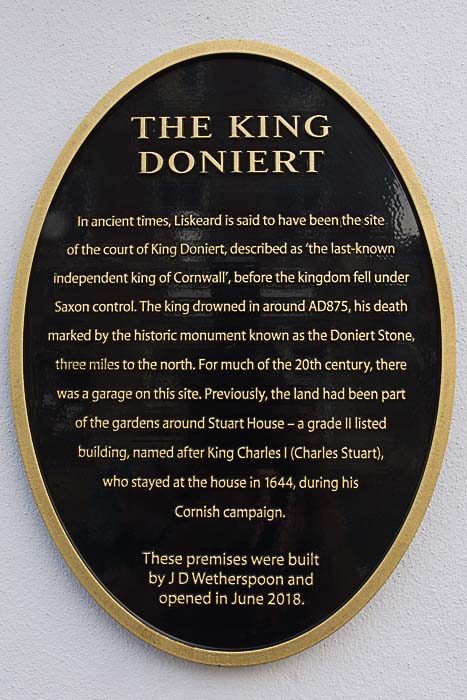
The plaque reads: In ancient times, Liskeard is said to have been the site of the court of King Doniert, described as ‘the last-known independent king of Cornwall’, before the kingdom fell under Saxon control. The King drowned in around AD875, his death marked by the historic monument known as the Doniert Stone, three miles to the north. For much of the20th century, there was a garage on this site. Previously, the land had been part of the gardens around Stuart House – a grade II listed building, named after King Charles I (Charles Stuart), who stayed at the house in 1644, during his Cornish campaign.
These premises were built by J D Wetherspoon and opened in June 2018.
A photograph and text about the history of The King Doniert.
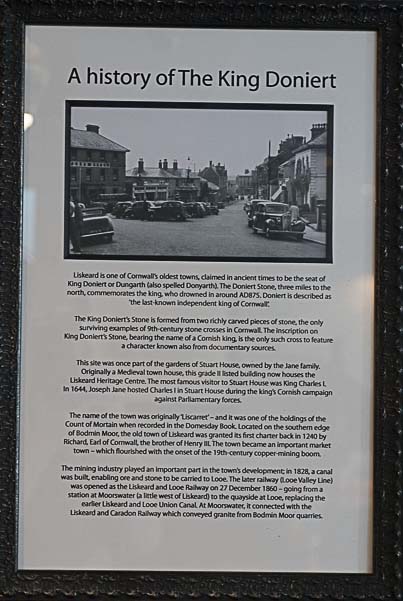
The text reads: Liskeard is one of Cornwall’s oldest towns, claimed in ancient times to be the seat of King Doniert or Dungrath (also spelled Domyarth). The Doniert Stone, three miles to the north, commemorates the King, who drowned in around AD875. Doniert is described as ‘the last known independent king of Cornwall’.
The King Doniert’s Stone is formed from two richly carved pieces of stone, the only surviving examples of 9th century stone crosses in Cornwall. The inscription on King Doniert’s stone, bearing the name of Cornish king, is the only such cross to feature a character known also from documentary sources.
This site was once part of the gardens of Stuart House, owned by the Jane family. Originally a Medieval town house, this grade II listed building now houses the Liskeard Heritage Centre. The most famous visitor to Stuart House was King Charles I. In 1644, Joseph Jane hosted Charles I in Stuart House during the King’s Cornish campaign against Parliamentary forces.
The name of the town was originally ‘Liscamet’ – and it was one of the holdings of the Count of Mortain when recorded in the Domesday Book. Located on the southern edge of Bodmin Moor, the old town of Liskeard was granted its first character back in 1240 by Richard Earl of Cornwall, the brother of Henry III. The town became an important market town – which flourished with the onset of the 19th century copper-mining boom.
The mining industry played an important part in the town’s development in 1828 a canal was built, enabling ore and stone to be carried to Looe. The later railway (Looe Valley Line) was opened as the Liskeard and Loose Railway on 27 December 1860 – going from a station at Moorswater (a little west of Liskeard) to the quayside at Looe, replacing the earlier Liskeard and Looe Union Canal. At Moorswater, it connected with the Liskeard and Caradon Railway which conveyed granite from Bodmin Moor quarries.
A painting and text about King Charles I.
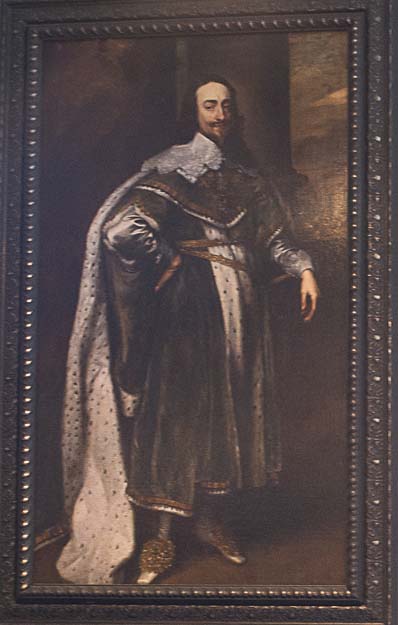
The text reads: Charles was born in 1600 into the House of Stuart. He became King following the 1625 death of his brother. By 1627, Stuart House, Liskeard was owned by the Jane family, which actively supported the Royalist cause of King Charles I.
In 1644, during the King’s campaign against Parliamentary forces, Joseph Jane hosted Charles I in his house for several nights. Stuart House, now the Liskeard Heritage Museum, is named after the King.
An original Esso enamel sign.
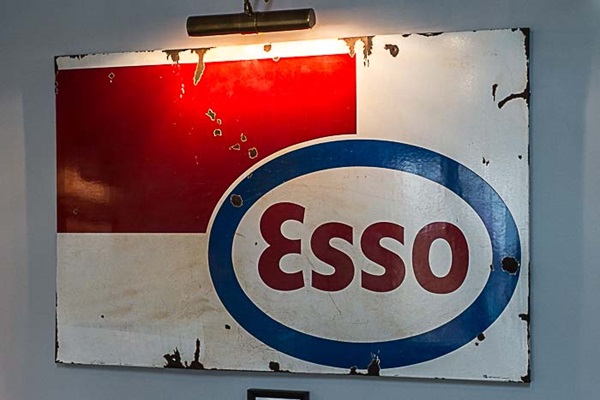
This original enamel sign was purchased by J D Wetherspoon in 2018.
This site was described in 2009 by the West Briton newspaper, saying “the former Esso garage site.. has been lying empty for years”.
In 1934, the name Esso was launched. It was the phonetic version of the initials of ‘Standard Oil’ (SO=Esso).
A photograph and text about Liskeard Station, 1968.
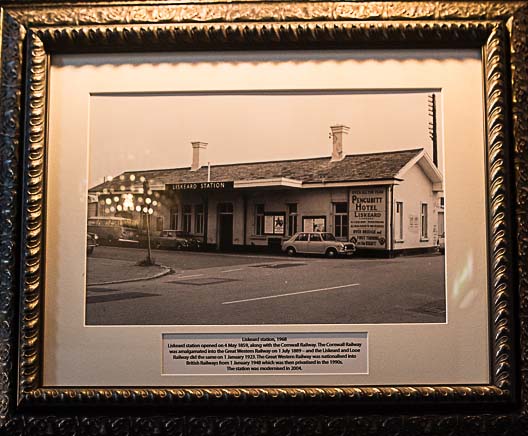
The text reads: Liskeard Station opened on 4 May 1859, along with the Cornwall Railway. The Cornwall Railway was amalgamated into the Great Western Railway on 1 July 1889 – and the Liskeard and Looe Railway did the same on 1 January 1923. The Great Western Railway was nationalised into British Railways from 1 January 1948 which was then privatised in the 1990s. The station was modernised in 2004.
A photograph and text about the ‘put a tiger in your tank’ slogan.
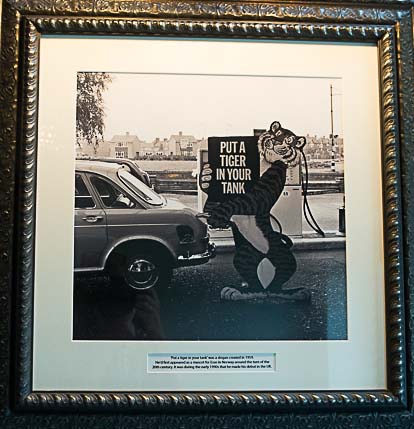
‘Put a tiger in your tank’ was a slogan created in 1959. He first appeared as a mascot for Esso in Norway around the turn of the 20th century. It was during the early 1990s that he made his debut in the UK.
A photograph of South Phoenix Tin Mine, Cheesewring, Liskeard.
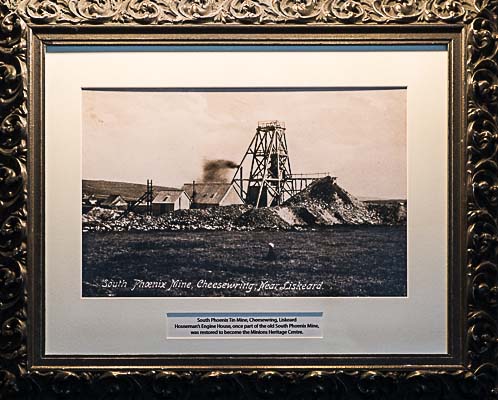
Houseman’s Engine House, once part of the old South Phoenix Mine, was restored to become the Minions heritage Centre.
A photograph of Liskeard Barn Street, c1906.
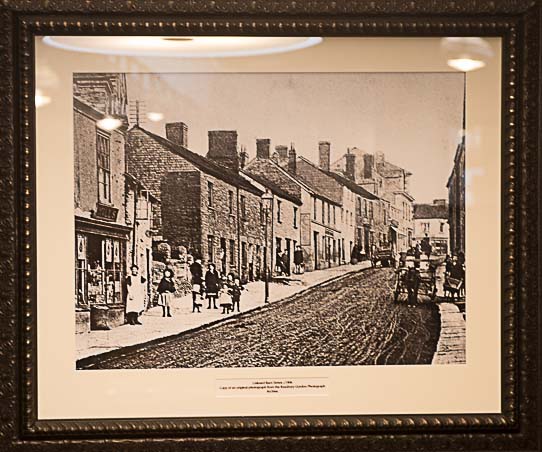
Copy of an original photograph from the Keasbury-Gordon Photograph Archive.
Artwork celebrating the reign of King Charles I between 1625 and 1649.
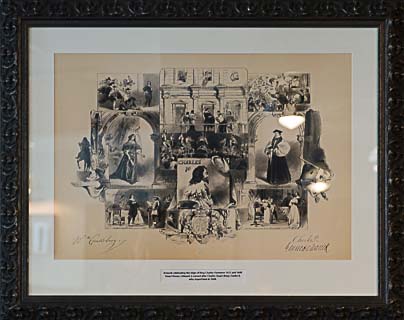
Stuart House, Liskeard, is named after Charles Stuart (King Charles I), who stayed here in 1644.
A photograph and text about Brunel’s Cornish Viaducts.
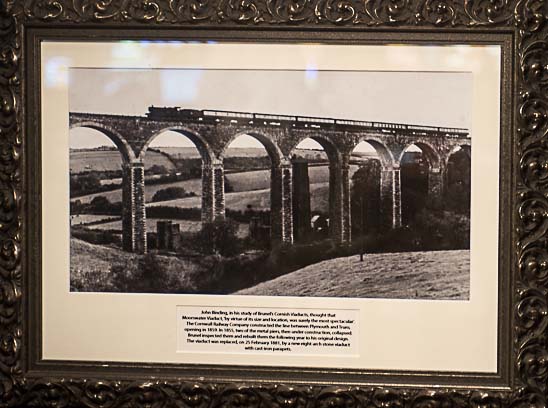
The text reads: John Binding, in his study of Brunel’s Cornish Viaducts thought that Moorswater Viaduct, ‘by virtue of its size and location, was surely the most spectacular’. The Cornwall Railway company constructed the line between Plymouth and Truro, opening in 1859. In 1855, two metal piers, then under construction, collapsed. Brunel inspected them and rebuilt them the following year to his original design. The viaduct was replaced, on 25 February 1881, by a new eight-arch stone viaduct with cast iron parapets.
A copy of the original stamp, commemorating 50 years since the death of Emily Hobhouse, printed in South Africa, in 1976.
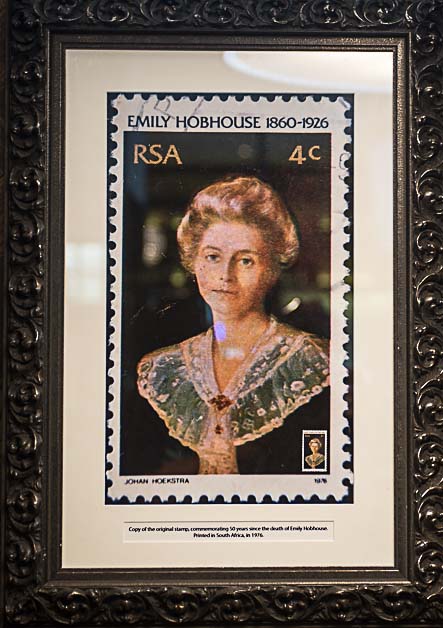
External photograph of the building – main entrance.
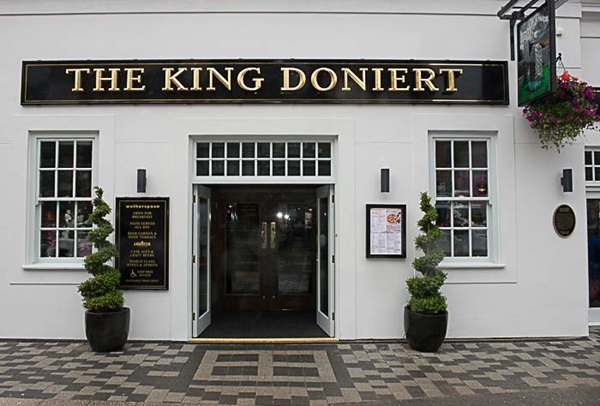
If you have information on the history of this pub, then we’d like you to share it with us. Please e-mail all information to: pubhistories@jdwetherspoon.co.uk